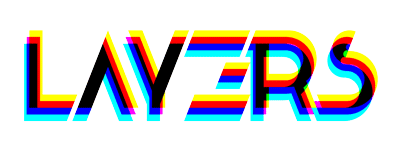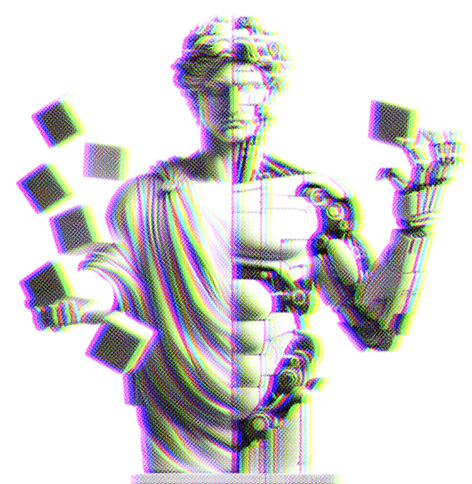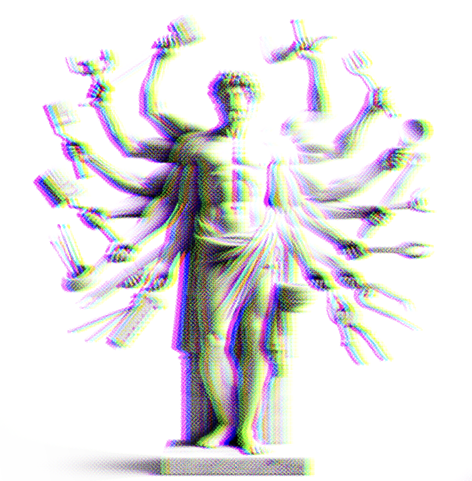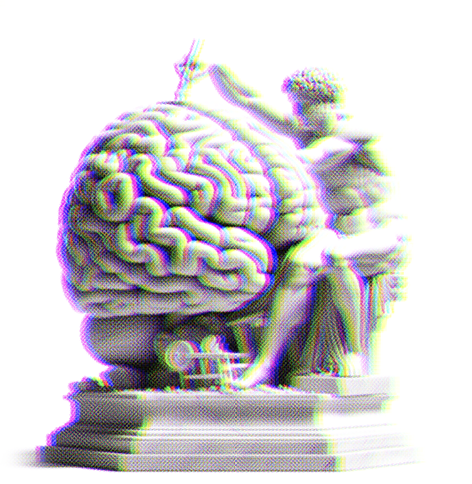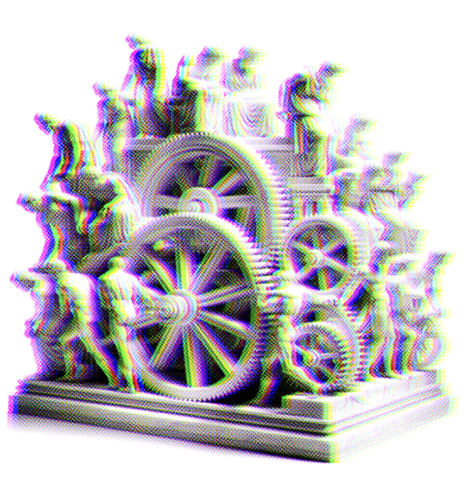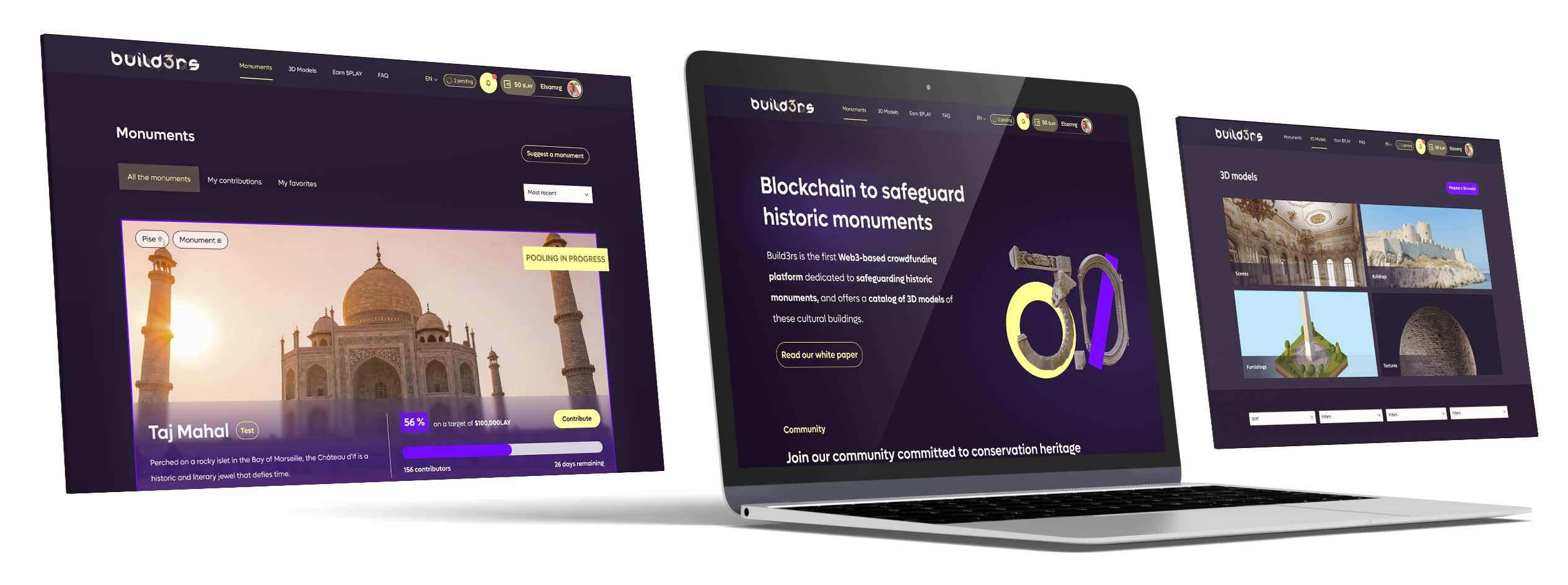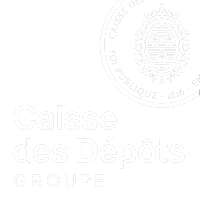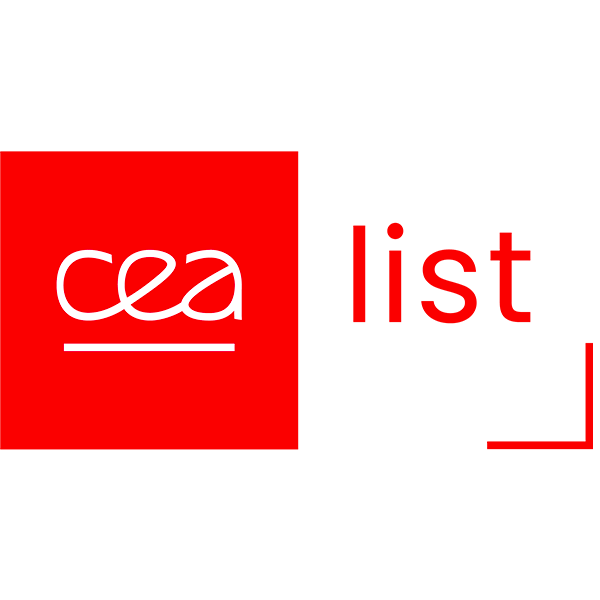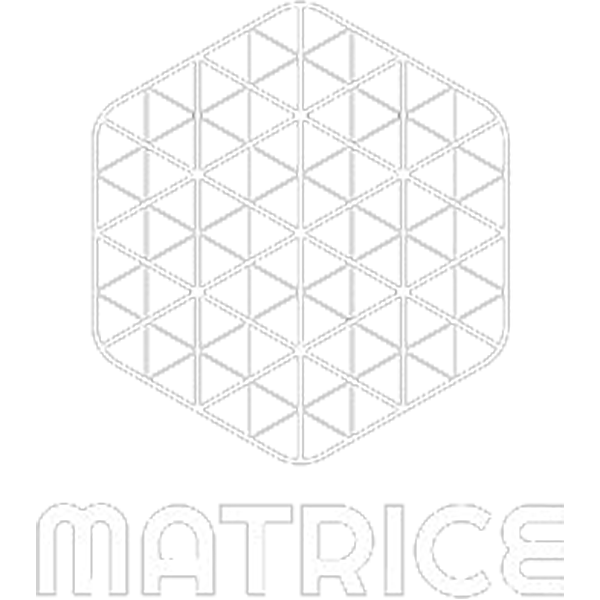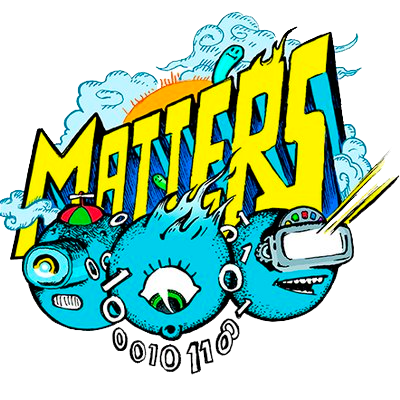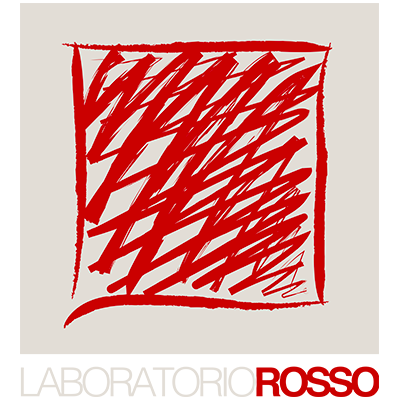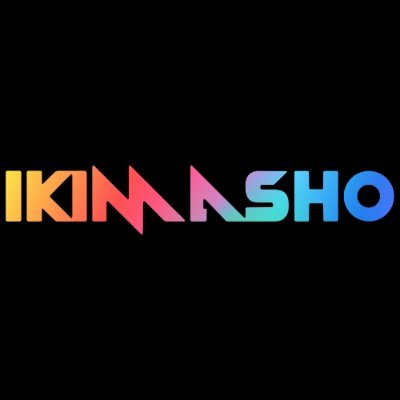Let's create a sustainable, transparent, decentralized & rewarding ecosystem for creation & use of AI materials.
Sustainability
Sustainability in the global sense is at the heart of Lay3rs’ approach. Our approach aims to create an ecosystem of AI solutions which, thanks to its modularity, is less energy-intensive, thanks to its ability to use decentralized databases, is less data-intensive, and thanks to traceability and our value trickle-down solutions, is capable of economically perpetuating the action of each stakeholder.
Transparency
Thanks to its blockchain solutions, Lay3rs aims to break out of the AI black box effect by enabling the clear and transparent attribution of each AI Material thus creating an ecosystem asurrant of fair compensation for all contributors to the AI value chain. By using decentralized technologies to provide a traceable and equitable distribution of the value generated, AI will be able to move towards true transparency for all links in the creation chain.
Decentralization
It is by crossing the most advanced blockchain and AI technologies that Lay3rs positions itself as a pioneer of decentralized AI to ensure that every contributor to the AI value chain, including data providers, algorithm developers and researchers, is recognized and fairly compensated. Its governance framework also enables token holders to actively participate in decision-making, reinforcing decentralization and autonomous governance.
Rewarding
Lay3rs ensures fair and transparent remuneration for all AI value chain contributors by using blockchain technology to track and distribute rewards. This system encourages ongoing participation and fosters a dynamic, sustainable ecosystem where contributions are recognized and valued. Smart contracts automate revenue distribution from AI materials, ensuring each stakeholder receives their fair share of economic value.
